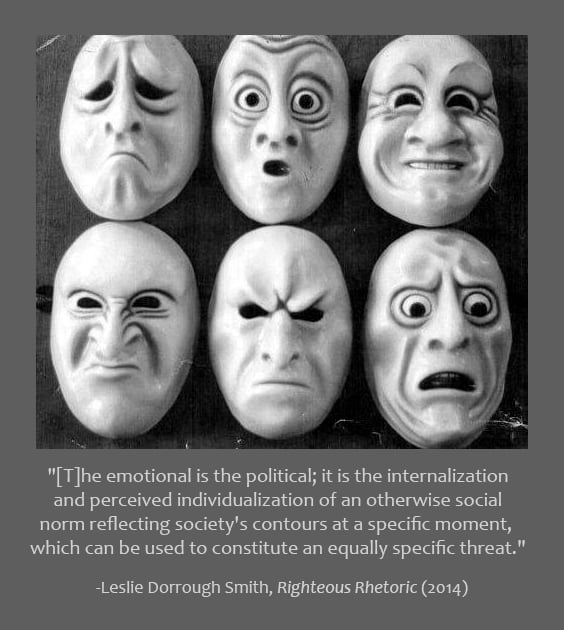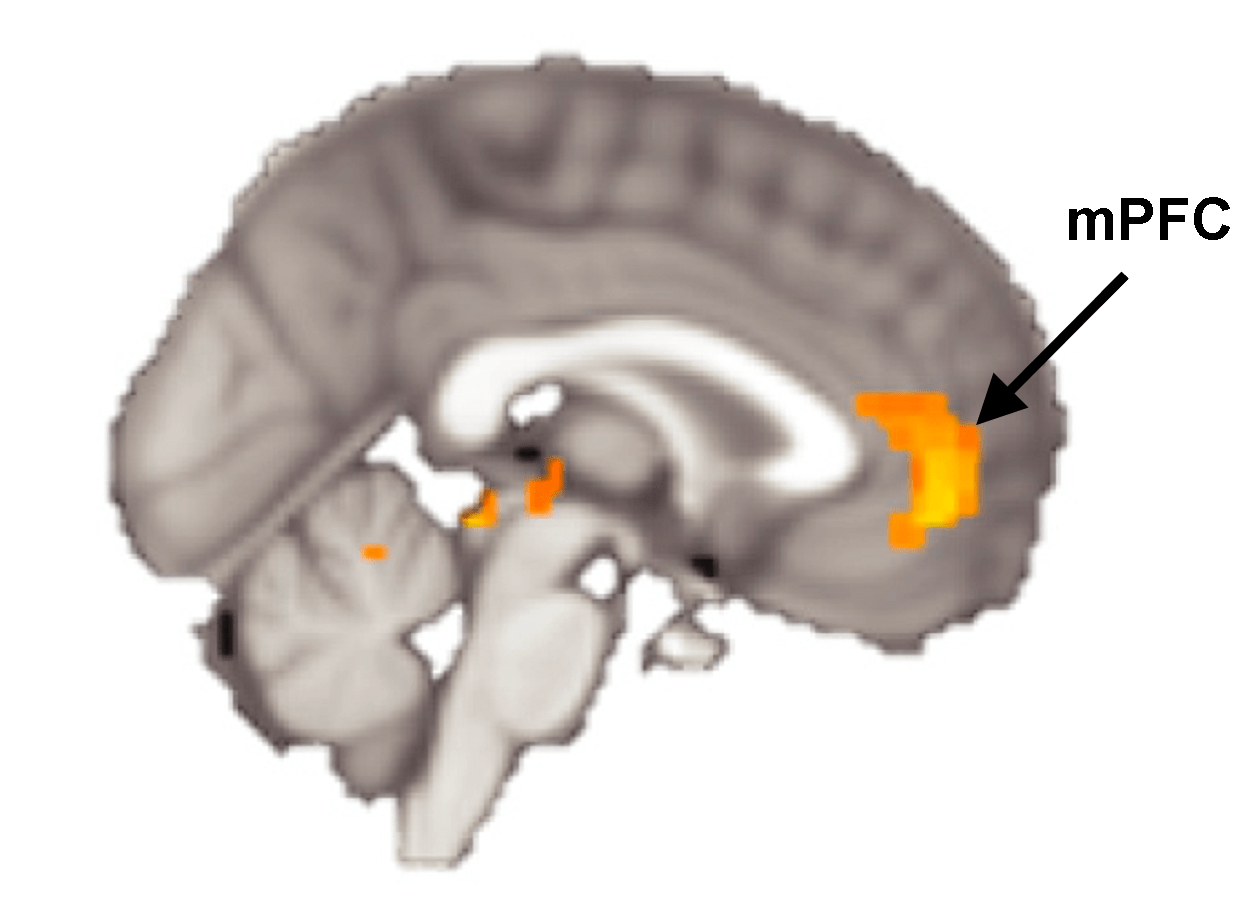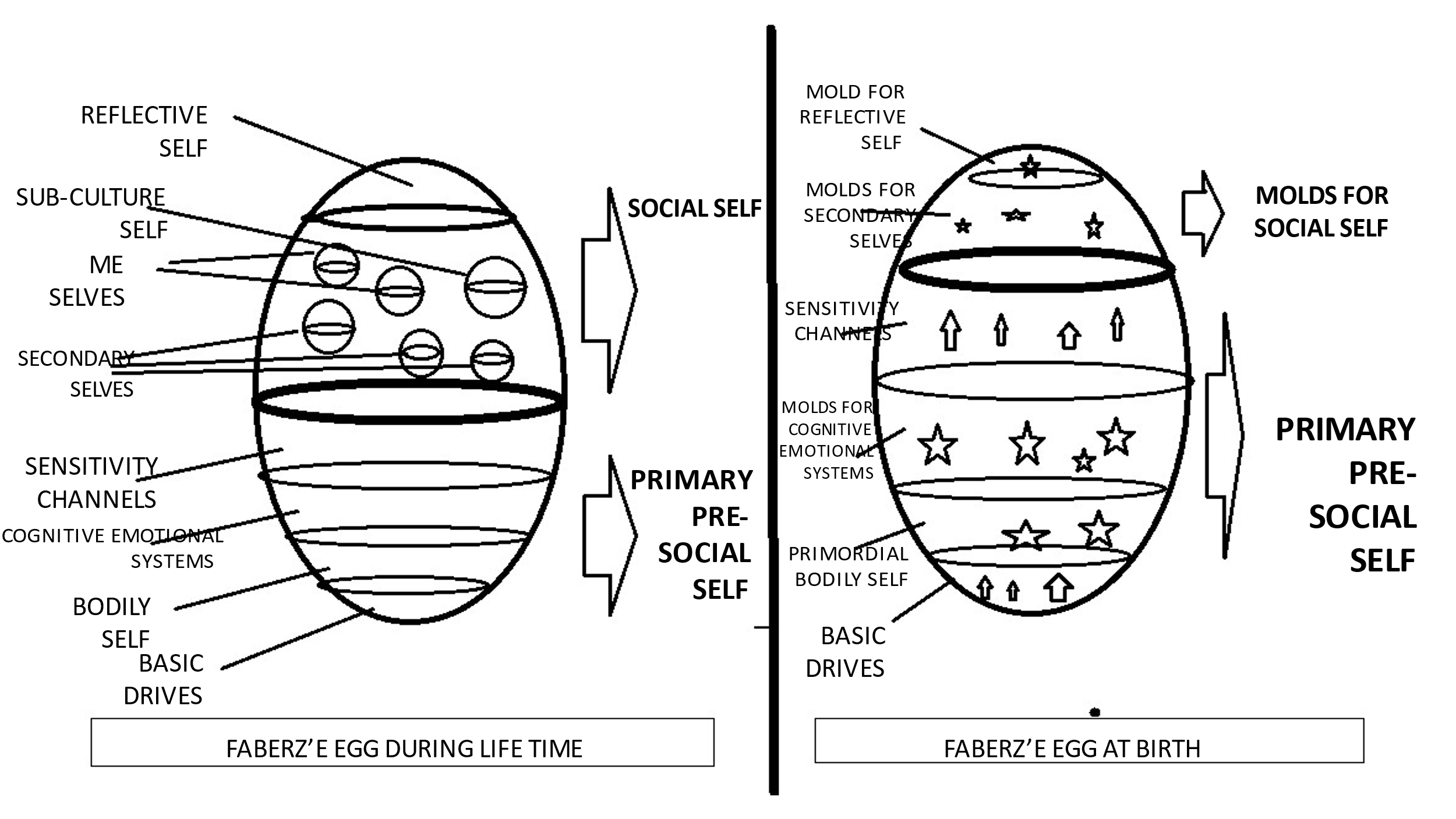Conversation 10: The internalization of characters
Internalization in general is related to learning and remembering processes. In psychology and sociology, internalization involves incorporating the attitudes, values, standards, and opinions of others into one's identity or sense of self.
Internalization means the individual's acceptance of a set of norms and values (set by others) which often occurs through socialization. In other words, an idea or an action that moves from outside us to inside us.
Some argue that the internalization process begins: 1] with learning something (attitudes or behavior),
followed by: 2] a process of understanding why the learning is meaningful and/or valuable,
and proceeding up to: 3] accepting learning as the learner's point of view or starting point.
Internalization helps a person define who he is and create his own identity and values.
Internalization is defined by the Oxford American Dictionary as "to make (attitudes or behavior) part of one's nature by unconscious learning or assimilation’.
Lev Vygotsky defined internalization as an internal reproduction of an external action. According to him there are three stages of internalization:
1] Reproducing or imitating an external, specific activity which gradually begins to act internally.
2] An interpersonal process [which is complex and includes a series of activities and reactions] that begins and becomes an internal intrapersonal process.
3] a long series of developmental events that contribute to the transformation of the interpersonal process into a distinctly intrapersonal process.
We will note here that there are also those who distinguish between internalizing knowledge of what [what things are, what their essence is, etc.], and knowledge of how [how things are done, how to act, etc.]
Within the concept of internalization we will specifically discuss the internalization of significant figures.
By significant characters we imply a certain person or a certain group of people who have a significant influence on the set of attitudes, emotional expressions, and behavior of the person who internalized these characters.
The question arises, what is the mechanism of internalizing these characters? That is, how is the significant internalization of the characters carried out and what stages does it undergo.
According to the theory of object relations within the framework of the psychoanalysis, internalization occurs when objects [humans, figures, parts of figures, but not only these] are built into the self, so that they become part of the sense of self but are still experienced as internal objects.
As a general rule, it can be argued that the outside world can be brought inside and internalized in a number of options indicated here from the lowest to the highest:
1] Incorporation which is a physical integration of the object into the inner world when it is separated and does not undergo integration into the self.
2] Introjection – introducing the other's ideas, characteristics and "voice" into the inner world.
3] Internalization that leads to identification with the other.

It is also possible to internalize some of the object's characteristics such as its negative or alternatively positive characteristics. This way this object will be experienced as being actually two objects.
As a rule, objects may have relationships with each other, even saving or attacking each other.
This theory and other psychodynamic theories assumed the existence of defense mechanisms in the mind including those of projection and internalization.
Projection is a psychological defense mechanism, in which material inside the mind is mistakenly interpreted as happening outside of it, while in internalization, material from the outside is perceived as happening inside the mind.
In this framework, these theories also talked about projective identification in which a certain part of one person's inner world is projected onto the internalized other and this appears in the mental world of the other when he experiences it as coming from him, meaning he identifies with it.
Basically the psychoanalytic theories used the concepts of internalization and projection and tried to promote a corresponding theoretical background.
For some reason they used the word object when they usually meant the internalization of human figures. Let's be honest, we don't know if the internalization steps they suggested are correct. These authors also proposed the internalization of character parts [good or bad], within the developmental process of internalizing and projecting objects in the infant until reaching a high level of object internalization.
It should also be remembered that when a person comes into contact with a significant external figure, the process of internalizing the character's characteristics continues to one degree or another, and there are unconscious interactions between the internalized figure in the person's inner world and the external figure.
An interesting point in this last context is that of the preservation of identification with an internalized character when the real (original) character is lost [passes away, abandons, or disappears]. Such preservation makes it possible to deal with the anxiety that arises in the face of loss.
Freud claimed that a real loss of a significant external figure that was internalized may evoke feelings of damage to the integrity of the self, feelings of guilt and self-criticism, while the mourning process, as Freud saw it, allows people to gradually come to an internal separation from the people or objects that were lost.
And what about the evidence related to the internalization of significant figures in the brain?
Here we present some findings from the research of Eliane Helvan and Frank Van Overwell from the Department of Psychology, University of Brussels from 2015.
[Elien Helleven, Frank Van Overwalle. The person within: memory codes for persons and traits using fMRI repetition suppression. Social Cognitive and Affective Neuroscience, Volume 11, Issue 1, January 2016, Pages 159–171].
These authors note that previous fMRI studies suggest that a network located in the medial prefrontal cortex (mPFC) is involved in processing and integration of personal information, as part of a process of mentalization. This network is mobilized when we attribute beliefs, traits or other characteristics to people.
In the current study, these authors found that not only features but also familiar people have a neural code in the mPFC [medial or ventral prefrontal cortex].
Here we have evidence that a neural network in the medial prefrontal cortex is apparently involved and mobilized in the internalization of familiar/significant figures.
Here is the location of the medial prefrontal cortex (mPFC) in the brain:

We will now briefly discuss the conceptualization of the internalized character according to RGFT [the therapy based on internal reference groups].
Let's first mention the characteristics of the mental life model on which the RGFT is based, as brought up in the second conversation.
In the model we propose for the self, one must first differentiate between the primary self, which is actually the basic biological core consisting of a number of innate structures as shown in figure number 1 and which is subject to development during life and the [secondary] social self, which is a structure that develops during a person's exposure to social influence and consists of internalizations of significant for a person figures, that originate either from external groups or from imaginary groups related, for example, from a figure from a myth, from a movie, and more, that had a considerable influence on the person.
We will note here that at birth [see Figure 1] there are innate patterns for most parts of the self such as the social self and its parts that form nuclei for the future development of these structures.
The physical self is defined as the set of experiences related to the perception of the body, its boundaries, and sensations and also includes thoughts, attitudes and feelings towards the body and which begins in the innate physical self which as mentioned goes on and on in human life.
The secondary selves include:
1] the variety of representations of the "I" that originate from attitudes and feelings towards the self and its representations in different periods of life.
2] the representations of internalized characters that often originate from significant characters that the person was exposed to during his life but as mentioned there may also be imaginary characters represented in books, movies, etc. that had a noticeable influence on the person.
3] representations of the "subculture" [subculture refers to social influences in the milieu in which a person lives and are not necessarily related to a specific person].
And, finally, the reflective self, which is defined as a structure that develops following the development of the social self and allows for a comprehensive view [even supervision] of the individual's state of awareness and mental expressions.
Here is the proposed model for mental life [see conversation 2 for details]:

Thus, according to the RGFT, the secondary self is usually an internal mental reflection of an object that exists in reality, but it is also possible of a subject that is only mentally structured (from a phantasm).
This definition implies that there must be a receiving part that fulfills the task of transferring properties of some object to the recipient. In the case of an object existing in reality, this perceiving part would include the five sense organs.
The hypothesis regarding the process of creating the secondary self-image is that it is built by the existence of:
1. Primary information (related to social realities)
2. First impression
3. Familiarization period
4. Completing the creation of the image with all the accompanying features: hierarchy, perception, emotional qualities, attitudes, behavior.
We note that the image can still be changed even after these steps have been performed, within certain "time windows".
We will also note that the new image can be created for the same external object in addition to the first – after a "critical significant event" with that object.
and that the newly created image will usually be placed hierarchically higher than the first (until it is actually replaced).
Otherwise, the image representations of the “other”can coexist, although they may have different hierarchical values.
In the context of the process of creating an image, the process of internalizing the behavior may also occur in a non-verbal and non-cognitive way.
We will also note that the development of the personal meaning and the personal relation are the last stages in the creation of the secondary selves.
The hypotheses regarding the characteristics of the secondary self-image include:
A point in time of creation
Sensory perception of the character
Emotional repertoire, related to temperament, characterized by activity-passivity axis, extrovert-introvert, subjective energy level
The character’s attitudes
Behavior, special abilities, talents
emotional valence
meaning for the primary self
Hierarchical position towards the primary self
The degree of closeness (belonging) to the primary self
relational and emotional towards the primary self
Categorical inference towards the primary self (lover, career, protector, relative, competitor, mentor (in a special field), victim, predator, etc.)
Hierarchical order within the secondary self group
Relational and emotional attitudes towards the other secondary self.
Categorical inference towards other secondary selves (lover, career, protector, relative, competitor, mentor (in a special field), victim, predator, etc.)
relational and emotional towards the secondary self on the part of the primary self
Categorical inference towards the secondary self on the part of the primary self (lover, protector, relative, competitor, mentor (in a special field), victim, predator, etc.
The hypotheses regarding the interactions between the secondary selves include:
Position on the general axis of attraction: attraction – neutrality – rejection
Position in the axis of control: dominance – equality – submission
Position along the attitude axis: compatibility-similarity-conflict
Position on the axis Hierarchical position: complementary-compatible-contradictory
Position on the axis of idiosyncrasies: "degree of non-verbal intrapersonal compatibility"
Location on the friend-enemy axis: friendliness-neutrality – enmity
Position on the axis of aggression: the aggressor – neutrality – victim
Position on the intergenerational axis: parent-adult – child
Position in the defense axis: career – neutrality – caring
Location on the sexual "libido" axis: love-sexual attraction-indifference-rejection
Position in an informative flow axis: Mentor – not involved – learner
Position along the axis of emotional closeness (affiliation): close – intermediate – far
Position in the functional proximity axis: close – intermediate – far
Position in the competition axis (collaboration): competitor – neutral – partner
Position on the group role axis: role within the group of the secondary selves.
See you in the next conversation,
Dr. Igor Salganik & Prof. Joseph Levine
 Prof. Joseph Levine, M.D. is an emeritus associate professor in the Division of Psychiatry, Faculty of Health Sciences, Ben Gurion University in Israel. Prof. Levine is a certified psychiatrist with clinical experience in controlled trials of adult psychiatric disorders and in psychotherapy. He was awarded a NRSAD independent investigator grant for the study of Creatine Monohydrate in psychiatric disorders -- mainly Schizophrenia. He resides and treats patients in Tel Aviv and all of central Israel.
Prof. Joseph Levine, M.D. is an emeritus associate professor in the Division of Psychiatry, Faculty of Health Sciences, Ben Gurion University in Israel. Prof. Levine is a certified psychiatrist with clinical experience in controlled trials of adult psychiatric disorders and in psychotherapy. He was awarded a NRSAD independent investigator grant for the study of Creatine Monohydrate in psychiatric disorders -- mainly Schizophrenia. He resides and treats patients in Tel Aviv and all of central Israel.
Leave a comment